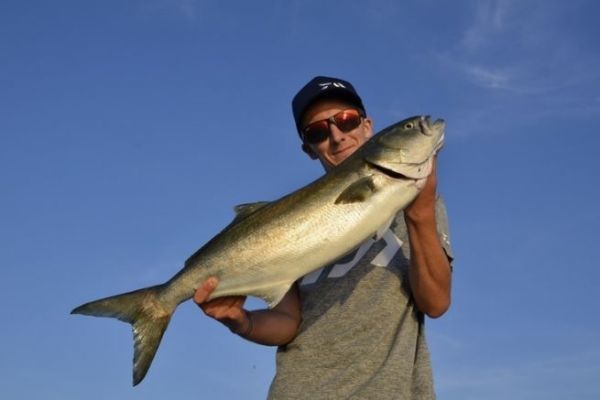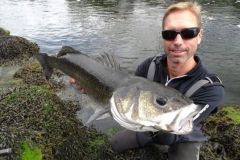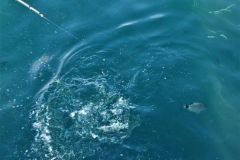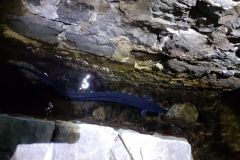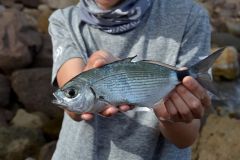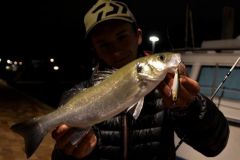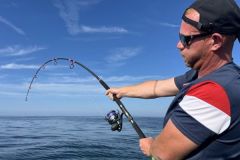Principle and target
The live fish, often a local species such as mullet, oblade, sarran or mackerel, is kept alive on a special hook in order to visually attract, by its movements, marine carnivores such as amberjack, liche, wolf, denti, pike-perch, tassergal, barracuda but also tuna.
This method is often practised from a boat, but is also possible from the shore in certain areas.
Techniques and fixtures for use in the Mediterranean
Livebait fishing can be done by trolling (livebait swims behind the moving boat), anchoring (livebait rests or hangs above the bottom) or drifting.
For vertical fishing, special fixtures such as the "Fireball are used, with two hooks to optimize the catch (ideal for denti, pagre or amberjack).
Using a fishfinder is common for locating predatory fish in rocky areas or rough bottoms.
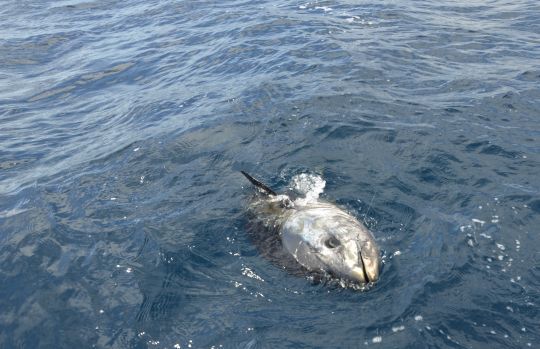
Choosing the right raw material and storing it properly
To maximize your chances of success when fishing with livebait, it is important to choose your livebait wisely and know how to store it in optimal conditions:
- Choosing the right spirit
- Local species: select small native fish (mullet, garfish, oblade, mackerel, depending on target species and biotope).
- Matching: adapt the size of the fish to that of the target predator (larger fish for larger catches such as amberjack or tuna, smaller fish for wolffish, for example).
- Liveliness and health: always choose lively fish that are fit and active, with no injuries or lethargy. Their natural, dynamic swimming action makes them more attractive to predators.
- Efficient livestock preservation
- Water aeration: keep your livebearers in water equipped with an aerator, or better still, in a fish tank or aquarium with an oxygenation system.
- Stable temperature: keep the water cool and avoid thermal shock or a rise in temperature, especially in summer when hot water accelerates mortality.
- Water renewal: change the water in your container regularly to maintain good quality and limit pollution from droppings.
- Density: don't overload the container. Too many fish in too little water indicates stress and mortality.
- Optimum use and drying
- Careful handling: handle vifs delicately, avoid abrasive fillets and limit time spent in the open air.
- Respectful set-up: set the hook in such a way as to preserve their mobility (often by the back near the dorsal fin, or by the lips for certain set-ups), guaranteeing attractive natural swimming.
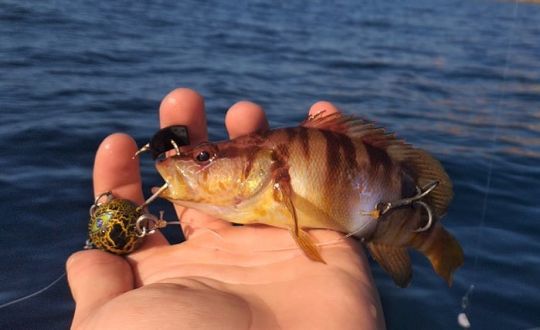
Additional points for success
Change the type of fish or depth according to the results, adapting to the behaviour of the target predator.
Discreet, sturdy mounting is essential, as some species have powerful jaws (amberjack, whitetail) that require heavy shoeing.
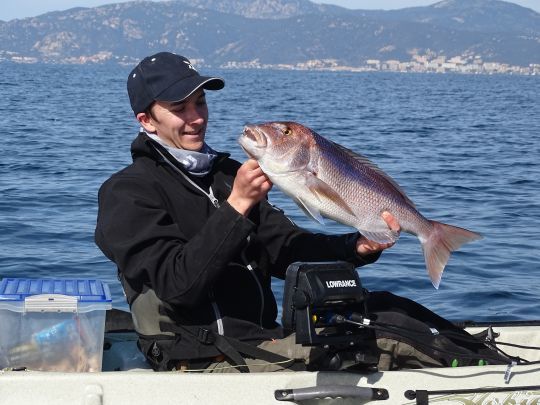
Live bait fishing in the Mediterranean allows you to target most of the large local predators with great efficiency, by combining adaptation, knowledge of the environment and judicious choice of bait.

 /
/ 